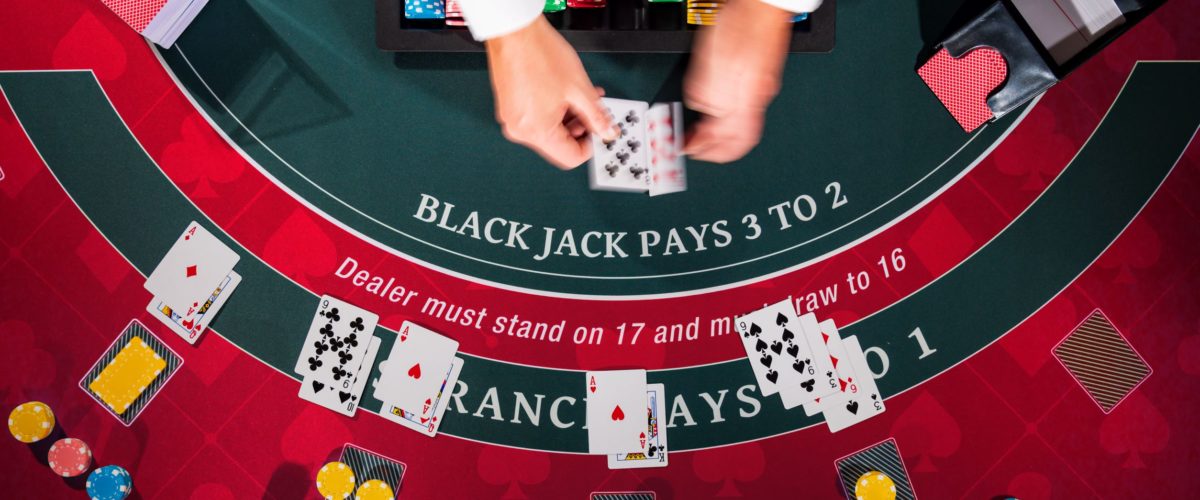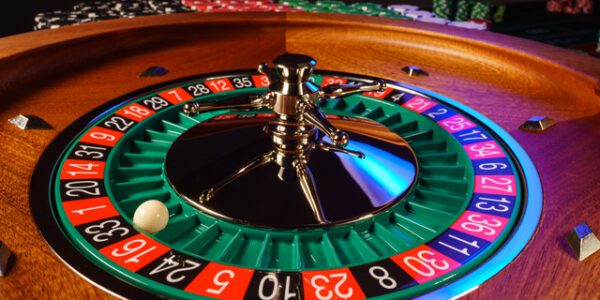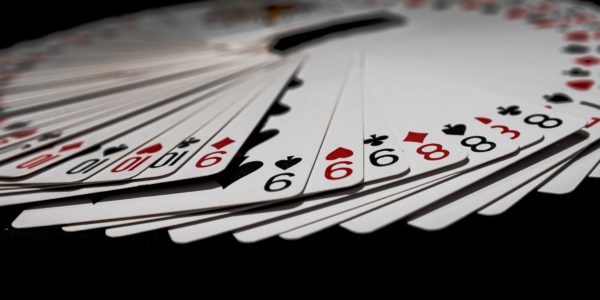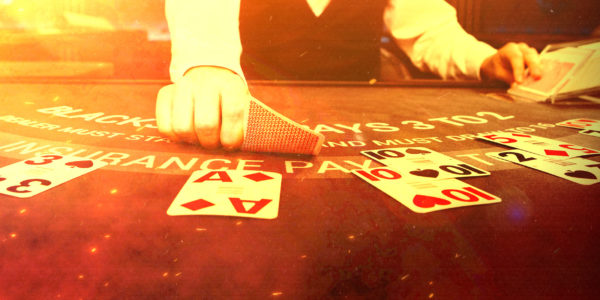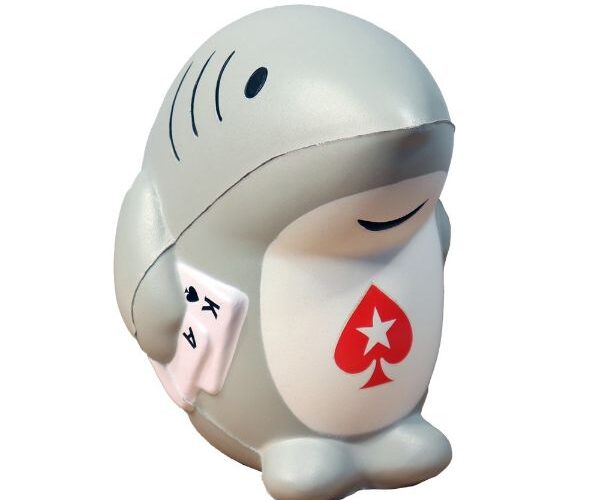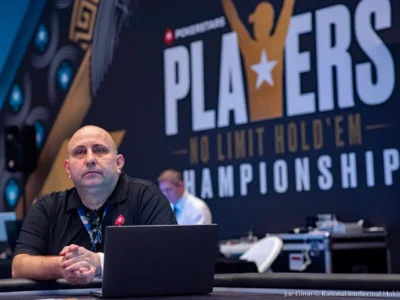The History of Blackjack: How This Legendary Game Was Born And Grew
Blackjack is considered by many as the main game of casinos around the world, with legions of patrons who compete with passion both on traditional tables and in those of online casinos.
It is often dramatically depicted in well-known films and television series, as well as associated with a luxurious life and love of risk.
In the hugely popular “Rain Man” and “21”, blackjack was used as a means to tell stories of intelligence and strategy.
Historically, Blackjack has also been played within the military ranks. During World War II, U.S. soldiers played blackjack to pass the time and relieve stress.
There is no shortage of scientific anecdotes about blackjack, such as that of the famous mathematician and statistician Edward O. Thorp, who in 1962 wrote the book “Beat the Dealer” where he explained his techniques for beating casinos at blackjack using card counting.
This book inspired generations of players to learn card counting, resulting in changes in the rules of the game in order to make it more difficult for players to use this technique.
The game itself boasts ancient origins that take it from ancient Rome to the screens of our computers, passing through the Napoleonic wars and American colonialism to the modern day.
As always, the more you dig into the stories, the fewer written or reliable sources there are.
In this article we will attempt to retrace the history of blackjack and look at what is provable and what belongs to legend and lore.
BLACKJACK: HISTORY, LEGEND AND FIRST WRITTEN TRACES
There are theories that claim that the precursor of the game now known as Blackjack was played by the Romans under the name of “Twenty-one”.
These theories claim that it was played on wooden tablets with the numbers engraved on one side.
The Romans were already known for their love of gambling, and some typical elements of the game of blackjack, such as the need to reach a score without exceeding 21, may have been present in other games already widespread in ancient Rome.
However, there is a lack of concrete evidence, to support this theory, thus leaving the exact origin of this game somewhat unknown.
The first written and verifiable traces of this game appear in a story by Miguel de Cervantes “Rinconete y Cortadillo” dating back to 1600.
In this novel of the collection “Novelas Ejemplares” there is ample talk of the game “veintiuna” and of a group of professional cheaters from Seville who seek their luck by cheating with cards.
Also, in this story it is clear that the main purpose of the game is to get to 21 without exceeding it, with the ace worth 1 or 11 and with a dealer who manages the cards in play.
VINGT-UN: A DISTANT ANCESTOR
Over a century and a half apart, evidence of the game can be found in both France and the UK under the name vingt-un. A clear nod to Miguel de Cervantes’ book, from which he draws the rules and methods of play.
It is said that Napoleon himself was a great fan of this game, considering it a game of skill and strategy.
In fact, it seems that he forbade his troops from playing the game for fear that they would be distracted and that it could take time away from sleep and preparation for battles.
At the beginning of the 1800s it was imported to the new continent by French colonists.
A rewriting of the rules in American literature dates back to 1825 when it was still called Twenty-One – a clear reference to the original game.
THE BIRTH OF BLACKJACK
It was just before the dawning of the 20th century, in 1899, that the game was finally registered under the now world-famous name.
In order to stimulate the still little-known game, the first American casinos had decided to offer a special bonus – a payment of a win with the ratio of 10 to 1 in case the player managed to get the hand of ace of swords with a blackjack.
But why is it called Blackjack?
It seems that this choice comes from the famous Klondike gold rush. The term ‘blackjack’ referred to zincblende ore (galvanized or zinc alloy), which was often an indicator of the proximity of gold and silver deposits.
The black jack card, according to this theory, was the precursor of a winning hand.
The combination of these three elements (i.e. the zinc alloy, the bonus in case of victory and the wild life of the gold diggers) gave the game the name we know we all know it by today.
THE OPTIMUM STRATEGY
The first real strategy on the game is attributed to the mathematician and soldier Roger Baldwin.
It consists of a set of rules and guidelines that, if followed scrupulously, increases the statistical chances of victory.
The strategy uses statistics and mathematics to determine the most beneficial move for each situation in the game. It plans to follow some basic rules such as:
Always divide the pairs of axes and eight;
Do not divide pairs of four, five and ten;
Always ask to split when you have a score of 11 points against a high value of the bank’s card.
In general, and wanting to simplify it as much as possible, the Optimum strategy suggests to “stay” when you have a score of 17 or higher, to ask for card when you have a score between 12 and 16 and the dealer has a low score and finally ask for card when you have a score below 12.
MIT MATHEMATICIANS
Given the success of the Optimum strategy, a team of MIT scholars decided to respond with an even more in-depth study of the strategy to this game.
The MIT Blackjack team was a group of alumni and students from the Massachusetts Institute of Technology, Harvard, and some other top-tier universities.
Over the years the team studied and perfected card counting techniques and strategies to beat casinos around the world. The team operated successfully from 1979 until the beginning of the 21st century.
In addition to classic card counting techniques, the team also perfected axis tracing techniques. These strategies gave players a competitive advantage of between 2% and 4%.
It was AI Francesco who developed the original approach of the MIT team, getting him elected by professional bettors as one of the 7 founding members of the Blackjack Hall of Fame.

